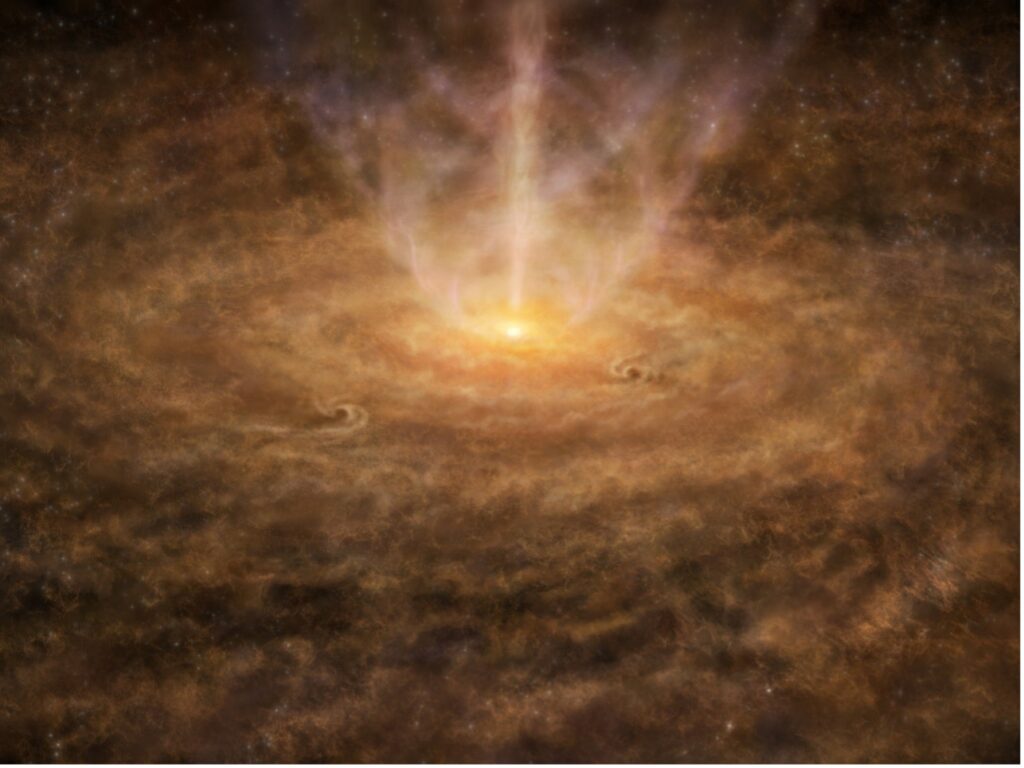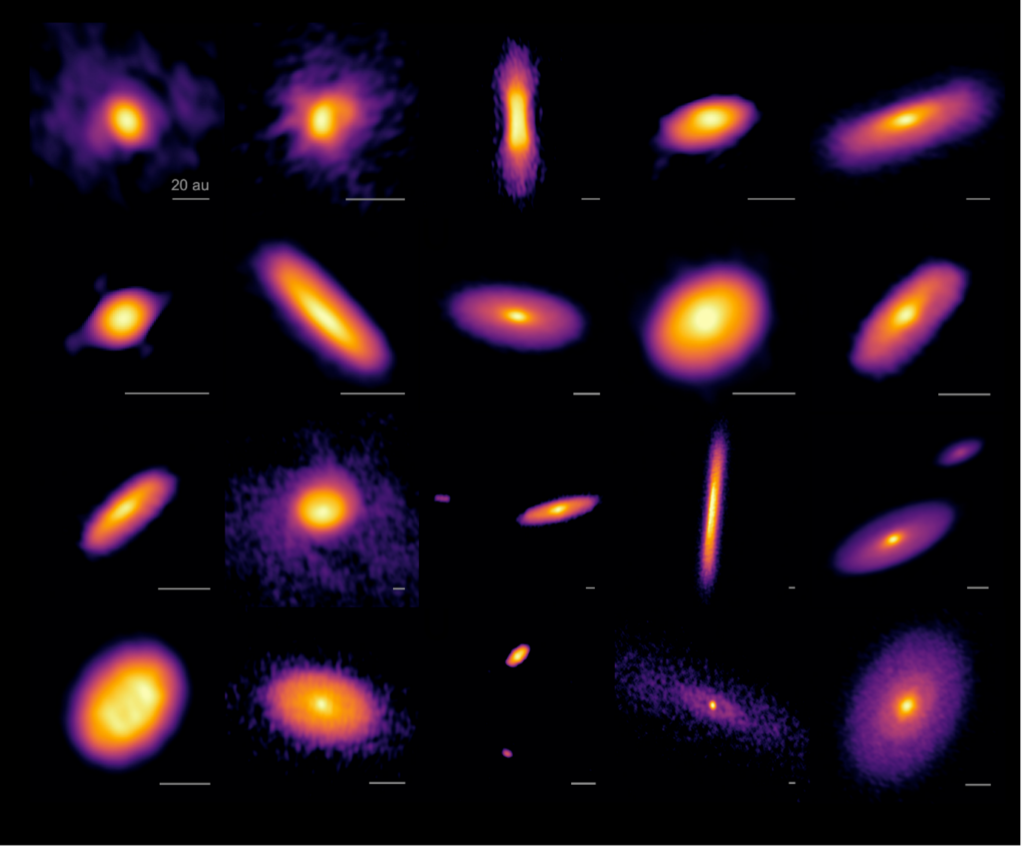An international research team used the ALMA complex of radio telescopes to obtain very high-resolution images of disks around 19 protostars. The purpose of the observations was to search for the earliest signs of planet formation.

The issue of the formation of star systems is one of the key questions in modern astronomy. We know that planets are born from disks surrounding newborn luminaries. At the same time, by astronomical standards, they exist for a relatively short time, only a few million years. Therefore, planets do not have much time to form.
At the same time, it is still unclear how quickly the formation of planets in protoplanetary disks begins. Recent ALMA observations have shown that many protoplanetary disks have substructures such as gaps and rings. This is convincing proof that planets are already forming in them and taking material from the disk.
To find the answer to the question at what stage the formation of planets begins, astronomers focus on the disks around protostars, which range in age from 10 thousand to 100 thousand years. They used the ALMA telescope. It is able to register the radio emission emitted by dust grains, which are essentially the building blocks of future planets.

Observations have shown that the disks around the young proto-stars are markedly different from the more developed protoplanetary disks. Rings and gaps, which are signs of the formation of planets, were observed only in a few disks. Moreover, the ring structures were less distinct than those observed in older protoplanetary disks. As a result, the researchers concluded that the stars studied by ALMA were not yet ready for the formation of planets. Apparently, this process begins within 100 thousand — 1 million years after the start of star formation.
Recall that ALMA recently discovered 800 embryos of giant stars.
According to https://almaobservatory.org
Follow us on Twitter to get the most interesting space news in time
https://twitter.com/ust_magazine
